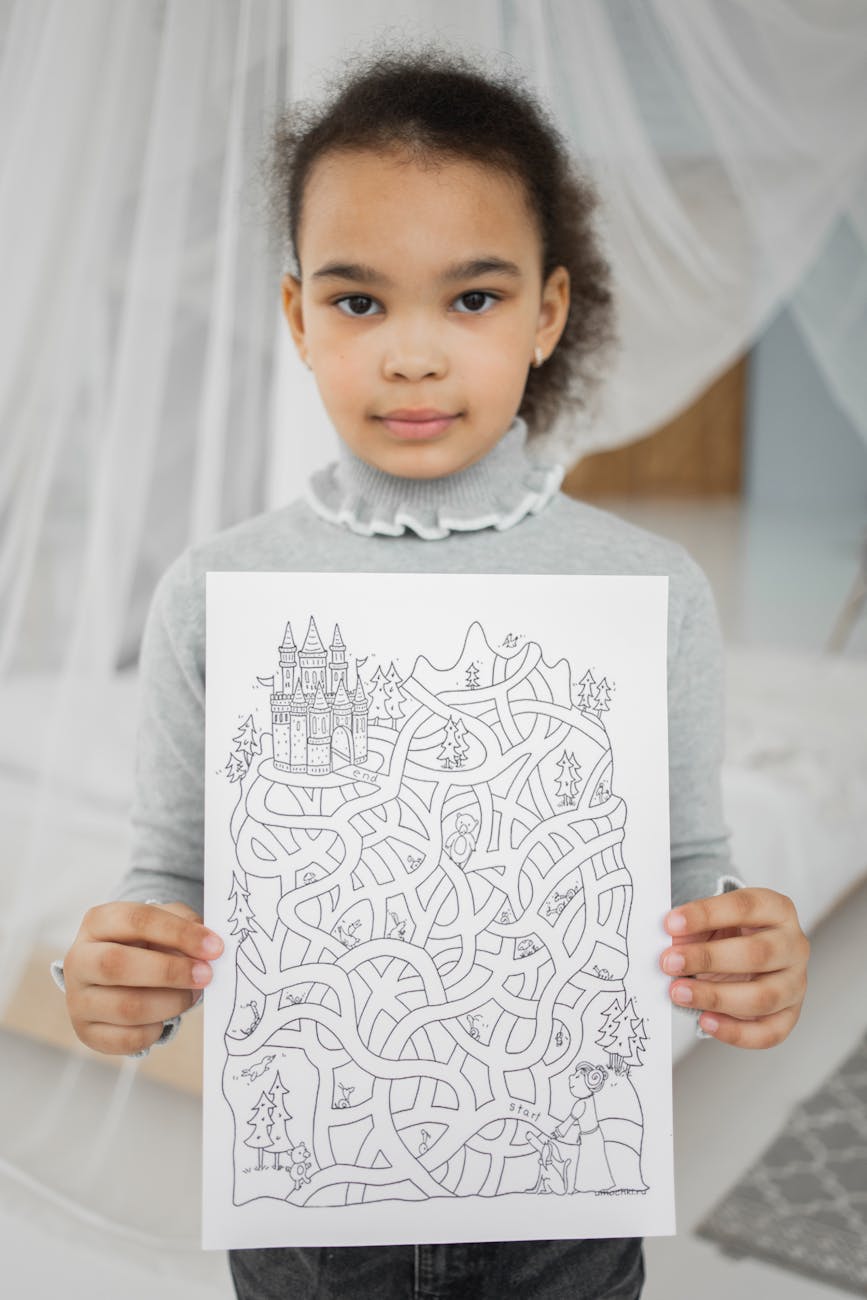Unleash Your Creativity: Designing Intriguing Maze Puzzles
Maze puzzles have been a favorite pastime for centuries, captivating the minds of both young and old with their intricate pathways and challenging layouts. For those looking to delve into the world of puzzle creation, designing maze puzzles can be a rewarding and engaging endeavor. In this article, we will explore the art of creating maze puzzles, providing you with insights and tips to master the ultimate challenge.
Understanding the Basics of Maze Design
Before delving into the intricacies of maze puzzle creation, it is essential to understand the fundamental principles that govern maze design. A maze consists of pathways that branch, turn, and intersect, leading the solver on a journey to navigate from the entrance to the exit. The key to a well-designed maze puzzle lies in striking a balance between complexity and solvability, ensuring that the challenge is engaging without being insurmountable.
Crafting Engaging Pathways
One of the critical aspects of creating maze puzzles is designing engaging pathways that keep the solver intrigued and challenged. Utilize a variety of turns, dead ends, loops, and junctions to create a dynamic maze layout. Incorporating elements such as hidden passages, locked doors, or teleportation points can add an extra layer of complexity to your puzzle, keeping the solver on their toes.
Integrating Theme and Storytelling
To enhance the overall experience of solving a maze puzzle, consider integrating a theme or storytelling element into your design. Whether it’s a mysterious dungeon, a futuristic space station, or a magical forest, weaving a narrative thread through your maze can immerse the solver in a captivating world, making the puzzle-solving experience all the more engaging.
Testing and Iterating
Once you have crafted your maze puzzle, it is crucial to test it thoroughly to ensure that the challenge is well-balanced and solvable. Put yourself in the solver’s shoes and navigate through the maze multiple times, identifying any potential bottlenecks or dead ends that may hinder progression. Iterate on your design, making adjustments as needed to enhance the flow and logic of the puzzle.
Providing Clues and Guidance
While the thrill of solving a maze puzzle lies in the challenge of exploration and discovery, providing subtle clues and hints can help prevent frustration and guide the solver in the right direction. Consider incorporating visual cues, such as distinctive landmarks or symbols, to aid navigation and offer subtle guidance without giving away the solution outright.
Embracing Creativity and Innovation
As you delve deeper into the art of creating maze puzzles, don’t be afraid to think outside the box and experiment with unconventional ideas. Whether it’s incorporating unconventional shapes, introducing dynamic elements like moving walls or changing pathways, or exploring interactive digital platforms for maze creation, embracing creativity and innovation can lead to unique and memorable puzzle experiences.
In conclusion, designing maze puzzles is a creative and engaging endeavor that challenges the mind and captivates the imagination. By understanding the principles of maze design, crafting engaging pathways, integrating theme and storytelling, testing and iterating, providing clues and guidance, and embracing creativity and innovation, you can master the art of creating maze puzzles that will delight and challenge solvers of all ages. So, unleash your creativity, dive into the world of maze puzzle design, and embark on the ultimate challenge of crafting perplexing and immersive mazes that will leave solvers eager for more.



